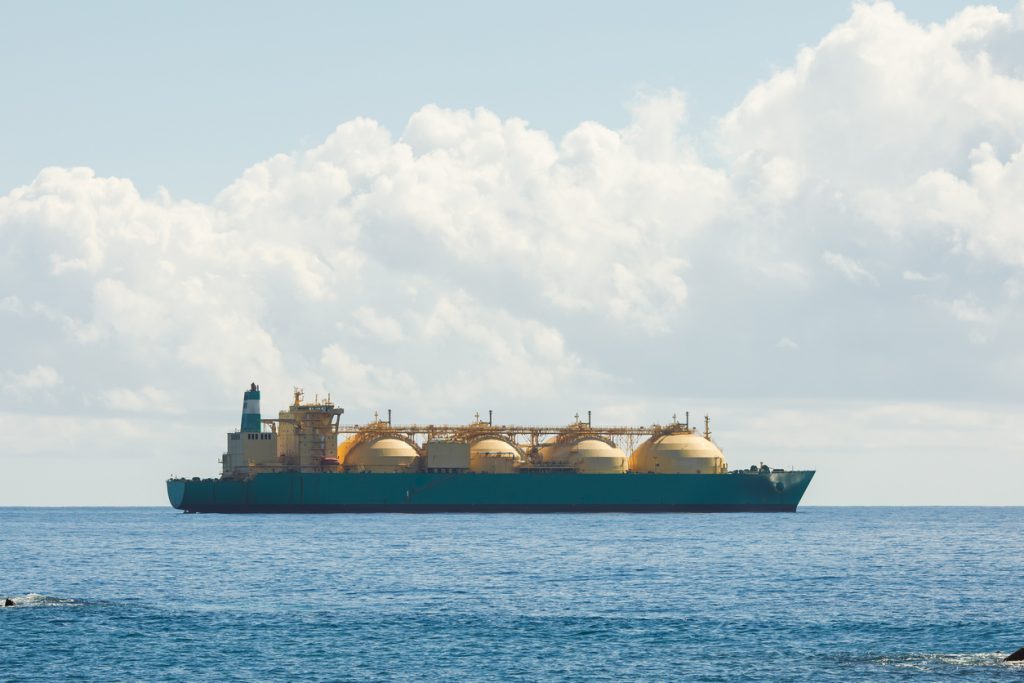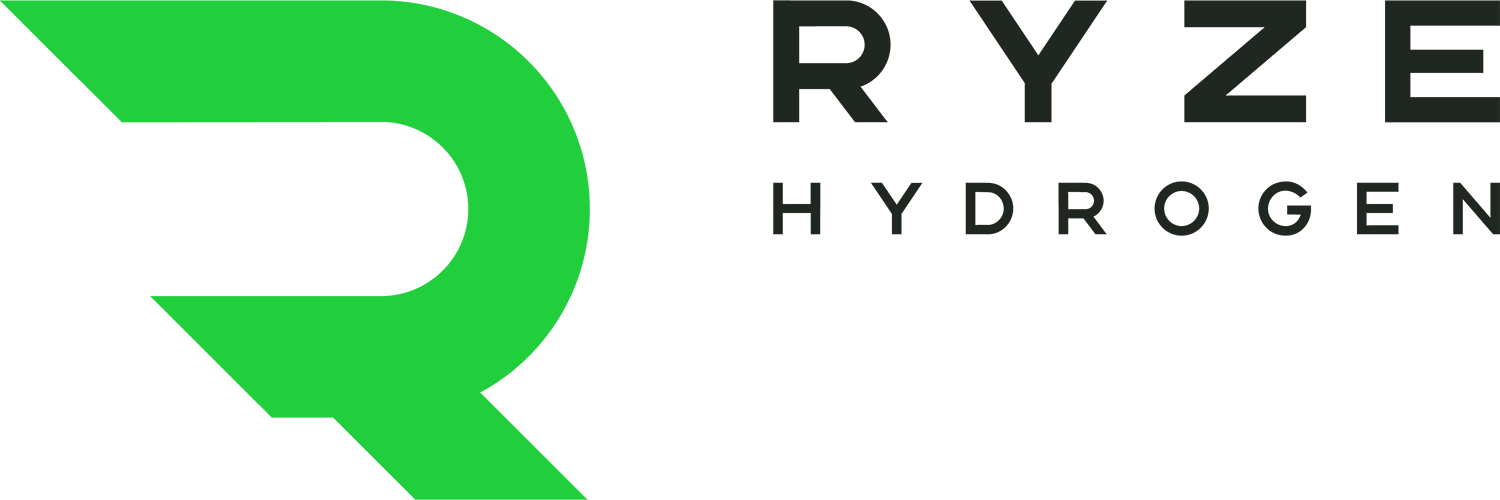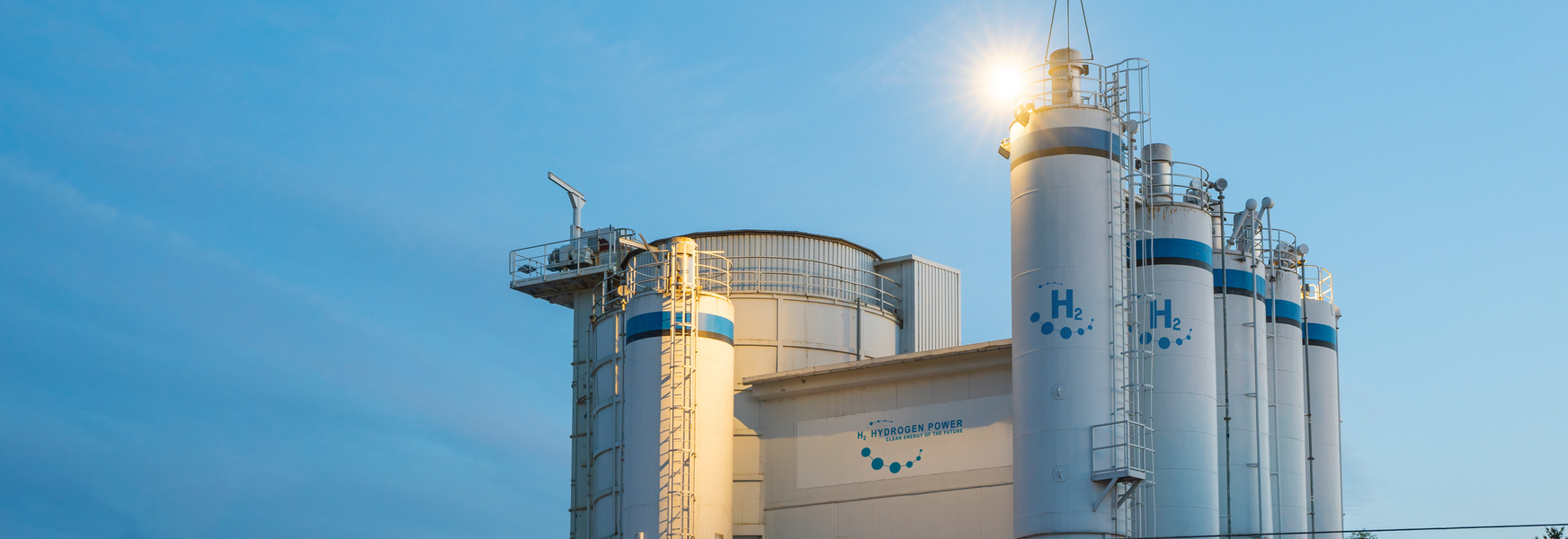The creation of a joint venture with one of the leading proponents of Liquid Organic Hydrogen Carriers (LOHC) is looking to commercialise a technology that has until now been largely at the demonstration phase.
Dutch tank storage company Royal Vopak and Germany’s Hydrogenious LOHC Technologies are creating a joint venture for the storage, transport and supply of hydrogen using LOHC technology.
The 50/50 venture LOHC Logistix GmbH will be located in Germany and will help both companies as they seek to supply green hydrogen to off-takers via ship, train or tanker.
LOHCs are competing with liquid ammonia, super-cooled liquid hydrogen and compressed hydrogen as the method of choice for transporting hydrogen over longer distances, mainly by ship.
Each has its pros and cons in terms of cost, practicality and safety, with ammonia currently seen as the solution most likely to reach mass adoption.
While hydrogen is the most energy dense substance in the universe by weight, it has very poor energy density by volume (just 3kWh per cubic metre). One way of improving that is super-cooling it to minus 253 degrees Celsius to turn it into a liquid and improve those numbers to 2,350 kWh per cubic metre.
Ammonia has even greater energy density, at 3,730 kWh per cubic metre, when stored in liquid form at minus 33.3 degrees Celsius. That means three times more ships would be needed to transport liquid hydrogen than ammonia.

The world’s first commercial shipment of clean ammonia was delivered to South Korea from Saudi Arabia in December 2022 when a vessel carrying the 25,000 metric tons of cargo docked in Ulsan.
LOHCs work by turning hydrogen into a different compound that is more dense and easier to transport before separating it again at its destination and returning the organic carrier to its source.
Hydrogenious uses benzyl toluene to bind the hydrogen at which point it can be transported at ambient temperatures. It is hardly flammable and non-explosive and doesn’t self-discharge, making it suitable for long-term storage. It can be moved around using traditional fossil fuel infrastructure, reducing the need for expensive new terminals and trucks, etc. It is also considerably less toxic than ammonia.
However, it also has some disadvantages compared with ammonia, including being less dense in terms of how much hydrogen it carries per cubic metre, an important data point when considering the most efficient way to ship hydrogen over long distances.
Ultimately, the market will decide how hydrogen will be shipped and it may well be that all of the above have at least a niche in the emerging hydrogen trade.
To learn more about Ryze Hydrogen click here.






